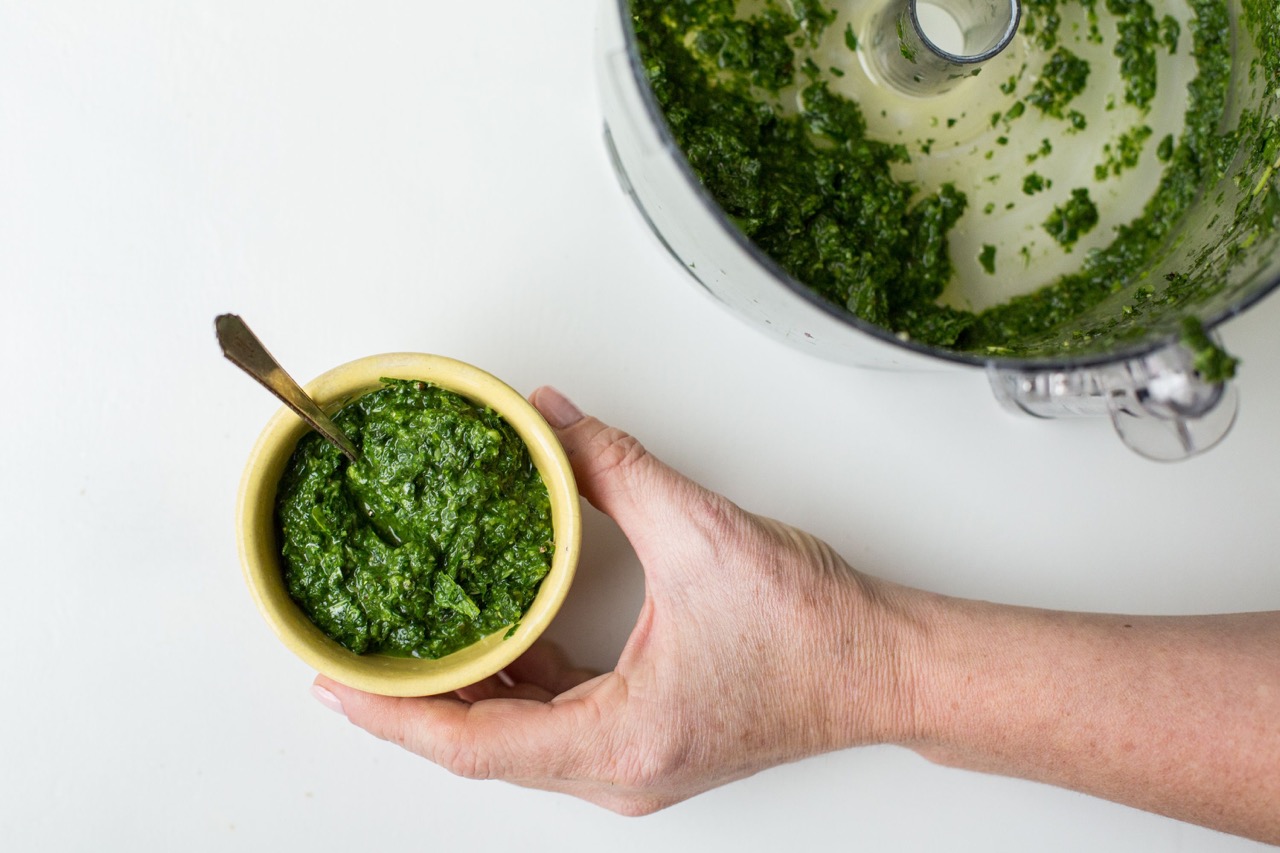

Articles
How To Make Pesto Without A Food Processor
Modified: March 1, 2024
Learn how to make pesto without a food processor and discover easy alternatives in this informative article. Upgrade your cooking skills with our step-by-step guide.
(Many of the links in this article redirect to a specific reviewed product. Your purchase of these products through affiliate links helps to generate commission for Storables.com, at no extra cost. Learn more)
Introduction
Making pesto is a delicious and versatile way to add flavor to your dishes. Traditionally, pesto is made by combining fresh herbs, garlic, nuts, cheese, and olive oil in a food processor. However, not everyone has access to a food processor or may prefer to make pesto using alternative methods. In this article, we will explore different techniques for making pesto without a food processor.
Pesto is a popular Italian sauce that originated in the Genoa region. It is typically made with fresh basil, pine nuts, garlic, Parmesan cheese, and olive oil. The ingredients are blended together to create a smooth and flavorful sauce that can be used in pasta dishes, sandwiches, salads, and more.
While a food processor is the most common tool used to make pesto, there are other methods that can be equally effective and even add a unique touch to the final result. Whether you don’t have a food processor or simply want to try something different, these alternative methods will enable you to create homemade pesto that is just as delicious.
In the following sections, we will explore three different techniques for making pesto without a food processor: the traditional pestle and mortar method, the blender method, and the nut and herb chopping method. Each method has its own advantages and gives you the opportunity to experiment with different textures and flavors in your pesto.
So, if you’re ready to embark on a pesto-making adventure and discover new ways to create this vibrant and flavorful sauce, let’s dive into the world of making pesto without a food processor. Get your ingredients ready and let’s explore these alternative methods that will have you whipping up pesto like a pro in no time!
Key Takeaways:
- Embrace alternative methods like the traditional pestle and mortar, blender, or hand-chopping to create delicious pesto without a food processor. Experiment with textures and flavors for a unique culinary experience.
- Making pesto without a food processor allows for hands-on creativity, personalized flavor profiles, and a deeper connection with the ingredients. Explore different methods to elevate your pesto-making adventures.
Read more: How To Make Hummus Without A Food Processor
Why Make Pesto Without a Food Processor
While a food processor is a convenient and efficient tool for making pesto, there are several reasons why you might want to explore alternative methods. Here are a few:
1. Accessibility: Not everyone has a food processor in their kitchen. If you find yourself without this handy appliance, there’s no need to worry. The methods we will explore in this article only require common kitchen tools that are likely already in your home, making pesto accessible to everyone.
2. Texture and Consistency: Making pesto without a food processor allows you to have more control over the texture and consistency of the sauce. Depending on the method you choose, you can create pesto with a chunkier or smoother texture, according to your personal preference.
3. Flavors: The techniques used in alternative methods can enhance the flavors of the ingredients in unique ways. For example, using a pestle and mortar allows you to release the essential oils in the herbs, resulting in a more intense and aromatic pesto. This can add an extra dimension of flavor to your dishes.
4. Hands-on Experience: Making pesto without a food processor gives you a hands-on experience and allows you to connect with the ingredients on a deeper level. Instead of relying on a machine to do the work, you get to engage your senses and be actively involved in the process, making it a more rewarding culinary experience.
5. Experimentation: Trying different methods of making pesto opens up a world of experimentation. You can explore variations in ingredients, ratios, and techniques to create custom pesto recipes tailored to your taste. This creative process allows you to discover unique flavor combinations that you may not have considered before.
Remember, making pesto without a food processor doesn’t mean sacrificing quality or flavor. In fact, it can open up new possibilities and give you the opportunity to personalize your pesto-making experience. So, whether you’re looking to try something different or don’t have access to a food processor, these alternative methods will empower you to create delicious pesto that will enhance your culinary creations.
Traditional Pestle and Mortar Method
The traditional pestle and mortar method of making pesto is a classic technique that has been used for centuries. This method allows you to create a rustic and authentic pesto with a rich and robust flavor. Here’s how you can make pesto using a pestle and mortar:
1. Gather Your Ingredients: Start by collecting the necessary ingredients for your pesto. You will need fresh basil leaves, pine nuts (or any other preferred nuts), garlic cloves, Parmesan cheese (or a vegan alternative), extra virgin olive oil, and a pinch of salt.
2. Prep the Ingredients: Peel and roughly chop the garlic cloves. Grate the Parmesan cheese. Measure out the required amount of pine nuts. Wash and dry the basil leaves, ensuring they are free from any dirt or moisture.
3. Start Grinding: Place a handful of basil leaves in the mortar. Use the pestle to press and grind the leaves against the sides of the mortar in a circular motion. This action helps release the natural oils and flavors of the basil.
4. Continue Adding Ingredients: As you grind the basil leaves, gradually add the chopped garlic, pine nuts, and a pinch of salt to the mortar. Continue grinding and pressing the ingredients together until a coarse paste forms.
5. Add Cheese and Oil: Once you have a paste-like consistency, add the grated Parmesan cheese to the mortar. Mix it into the paste using the pestle. Finally, drizzle in the extra virgin olive oil while continuously stirring the mixture. The oil helps bind the ingredients together and creates a smooth texture.
6. Taste and Adjust: Give your pesto a taste and adjust the seasoning according to your preference. You can add more salt, garlic, or cheese if desired. Feel free to experiment with the quantities of each ingredient to achieve the flavor profile you desire.
7. Serve or Store: Your pesto is now ready to be enjoyed! Spoon it over pasta, spread it onto bread, or use it as a condiment for various dishes. If you have any leftovers, transfer the pesto to a jar, cover it with a layer of olive oil to prevent oxidation, and store it in the refrigerator for up to a week.
The traditional pestle and mortar method of making pesto allows you to savor the flavors of each ingredient as they are uniquely blended together. It may require a bit more effort compared to using a food processor, but the result is a homemade pesto that is full of character and depth. So, grab your mortar and pestle and get ready to create a delicious pesto that will elevate your cooking to new heights.
Blender Method
The blender method is a quick and convenient way to make pesto without a food processor. It ensures a smooth and creamy texture, similar to what you would achieve with a food processor. Here’s how you can make pesto using a blender:
1. Gather Your Ingredients: Collect fresh basil leaves, pine nuts (or your preferred nuts), garlic cloves, Parmesan cheese (or a vegan alternative), extra virgin olive oil, and a pinch of salt.
2. Prep the Ingredients: Peel and roughly chop the garlic cloves. Grate the Parmesan cheese. Measure out the required amount of pine nuts. Wash and dry the basil leaves thoroughly.
3. Add Ingredients to the Blender: Place the basil leaves, chopped garlic, pine nuts, grated Parmesan cheese, and a pinch of salt into the blender jar. Make sure to add the ingredients in the order listed.
4. Blend on Low Speed: Start blending the ingredients on a low speed until they begin to break down. This will help create a uniform texture without over-processing the mixture.
5. Drizzle in Olive Oil: While the blender is running on low speed, slowly drizzle in the extra virgin olive oil. This will help emulsify the ingredients and create a smooth consistency. Continue blending until all the ingredients are well combined and you have a creamy pesto sauce.
6. Taste and Adjust: Pause the blender and give your pesto a taste. Adjust the seasoning as needed by adding more salt, garlic, or cheese according to your preference. Blend for a few more seconds to incorporate any additional ingredients.
7. Serve or Store: Your pesto is now ready to be used or stored. Transfer it to a jar or airtight container and store it in the refrigerator for up to a week. If you want to enjoy it immediately, use it as a sauce for pasta, spread it on sandwiches, or incorporate it into your favorite recipes.
The blender method is a fantastic alternative when you don’t have a food processor at hand. It’s quick, efficient, and produces a silky texture pesto that is perfect for a variety of dishes. So, grab your blender and start creating delectable homemade pesto in no time.
You can make pesto without a food processor by using a mortar and pestle to crush the ingredients together. Start by mashing the garlic and salt, then gradually add the basil, pine nuts, and cheese, and finally stir in the olive oil.
Nut and Herb Chopping Method
If you don’t have a food processor or blender, you can still make pesto using the nut and herb chopping method. This technique allows you to chop the ingredients by hand, resulting in a chunkier and more textured pesto. Here’s how you can make pesto using this method:
1. Gather Your Ingredients: Assemble fresh basil leaves, nuts of your choice (such as pine nuts, walnuts, or almonds), garlic cloves, Parmesan cheese (or a vegan alternative), extra virgin olive oil, and a pinch of salt.
2. Prep the Ingredients: Roughly chop the basil leaves, nuts, and garlic cloves. Grate the Parmesan cheese. Keep the ingredients separate for now.
3. Chop the Nuts: Take a sharp knife and finely chop the nuts on a cutting board. You can use a rocking motion with the knife to help break them down into smaller, more manageable pieces. Alternatively, you can place the nuts in a resealable plastic bag and gently crush them using a rolling pin or a mallet.
4. Chop the Basil and Garlic: Next, finely chop the basil leaves and garlic cloves. Again, use a rocking motion with the knife to ensure a consistent size and texture. Alternatively, you can use a mezzaluna knife, which is specifically designed for chopping herbs.
5. Combine the Ingredients: In a bowl, mix together the chopped nuts, basil, garlic, grated Parmesan cheese, a pinch of salt, and a generous drizzle of extra virgin olive oil. Use a spoon or your hands to thoroughly combine the ingredients. Make sure everything is well distributed throughout the mixture.
6. Blend with a Fork: To further break down the ingredients and blend the flavors, use a fork to mix and mash the ingredients together. Press the fork against the mixture, gently mashing it against the sides of the bowl. Continue this process until you achieve the desired texture. You can leave it slightly chunky or continue mashing for a smoother consistency.
7. Taste and Adjust: Give your hand-chopped pesto a taste and adjust the seasoning to your preference. Add more salt, garlic, or cheese if desired. You can also drizzle in some additional olive oil if you prefer a more oily or saucy pesto.
8. Serve or Store: Your hand-chopped pesto is now ready to be enjoyed! Serve it immediately as a sauce for pasta, a spread for bread, or a flavorful topping for roasted vegetables. If you have any leftovers, transfer the pesto to a jar, cover it with a layer of olive oil, and store it in the refrigerator for up to a week.
The nut and herb chopping method may require a bit more time and effort, but it allows you to have complete control over the texture of your pesto. The chunkiness of the ingredients adds a rustic charm to your sauce and provides a satisfying crunch in every bite. So, embrace the art of hand-chopping and create a unique and flavorful pesto that will impress your taste buds.
Read more: How To Make Falafel Without A Food Processor
Tips for Making Pesto Without a Food Processor
Making pesto without a food processor requires a bit of creativity and improvisation. But fear not, with these tips, you’ll be able to create delicious pesto using alternative methods:
1. Choose the Right Tools: While a food processor is the most common tool for making pesto, there are alternative tools you can use. Opt for a pestle and mortar, blender, or even a knife and cutting board, depending on the method you prefer. Experiment with different tools to find the one that suits your style and yields the desired texture.
2. Use Fresh and High-Quality Ingredients: Pesto is all about fresh and vibrant flavors. Ensure you’re using high-quality ingredients, such as fresh basil leaves, good-quality nuts, garlic cloves, Parmesan cheese, and extra virgin olive oil. The quality of the ingredients will greatly impact the taste and overall quality of your pesto.
3. Chop Ingredients Uniformly: When chopping herbs, nuts, and garlic by hand, strive for uniformity in size. This will help ensure even distribution of flavors and textures in your pesto. Chopping ingredients too finely may result in a paste-like consistency, while larger pieces can add a distinct texture to your sauce.
4. Balance the Ratios: Pesto is all about finding the right balance of flavors. Experiment with the ratios of basil, nuts, garlic, cheese, and olive oil to find the combination that best suits your taste preferences. Adjust these ratios accordingly to achieve the desired consistency and flavor profile.
5. Control Texture: Depending on the method you choose, you can control the texture of your pesto. If you prefer a smoother sauce, use a blender or pestle and mortar to grind the ingredients into a fine paste. For a chunkier pesto, opt for hand-chopping the ingredients. Varying the texture can add depth and complexity to your final dish.
6. Add Ingredients in Stages: When using alternative methods, it’s essential to add the ingredients in stages, especially when using a blender or pestle and mortar. This allows for a more even blend and ensures that each ingredient is incorporated properly. Add ingredients gradually and blend or grind as you go.
7. Taste and Adjust as You Go: While making pesto, taste the sauce frequently and make adjustments along the way. Add more salt, garlic, cheese, or oil if needed. Experimentation is key to creating a pesto that matches your personal preferences.
8. Store Properly: Proper storage will help preserve the freshness and flavor of your homemade pesto. Transfer any leftover pesto into a jar or airtight container and cover the surface with a layer of olive oil to keep it from oxidizing. Store it in the refrigerator and use within a week for optimal quality.
Remember, making pesto without a food processor can be a fun and creative process. Embrace the unique flavors and textures that alternative methods offer and enjoy the satisfaction of creating your own homemade pesto. Happy pesto-making!
Conclusion
Making pesto without a food processor is not only possible but also an opportunity to explore different methods and infuse your own creativity into this classic sauce. Whether you choose to use the traditional pestle and mortar, the blender, or the nut and herb chopping method, each technique offers its own unique advantages and results in a delicious pesto that can elevate your dishes to new heights.
The traditional pestle and mortar method allows you to savor the flavors of each ingredient as you grind them together, creating a rustic and authentic pesto packed with intense aromas. The blender method offers quick and convenient blending, resulting in a smooth and creamy pesto that remains true to the traditional flavors. The nut and herb chopping method, while a bit more labor-intensive, provides a chunkier and textured pesto that adds a delightful crunch to your dishes.
Whichever method you choose, remember to use fresh and high-quality ingredients, carefully balance the ratios of each ingredient, and adjust the seasonings according to your taste preferences. Don’t be afraid to experiment and make the pesto your own by adding variations or exploring unique flavor combinations.
Making pesto without a food processor may require a little more time and effort, but the result is a homemade sauce that is full of character and depth. By taking a hands-on approach, you not only connect with the ingredients but also have the ability to create a pesto that is tailored to your liking.
So, whether you don’t have a food processor on hand or simply want to try something new, don’t let it discourage you from making your own pesto. Embrace the alternative methods, unleash your creativity, and enjoy the process of creating a flavorful and versatile sauce that will enhance your culinary creations.
Now, armed with the knowledge and tips from this article, you’re well-equipped to embark on your pesto-making journey. So go ahead, gather your ingredients, choose your preferred method, and dive into the world of pesto without a food processor. Happy pesto-making adventures!
Frequently Asked Questions about How To Make Pesto Without A Food Processor
Was this page helpful?
At Storables.com, we guarantee accurate and reliable information. Our content, validated by Expert Board Contributors, is crafted following stringent Editorial Policies. We're committed to providing you with well-researched, expert-backed insights for all your informational needs.
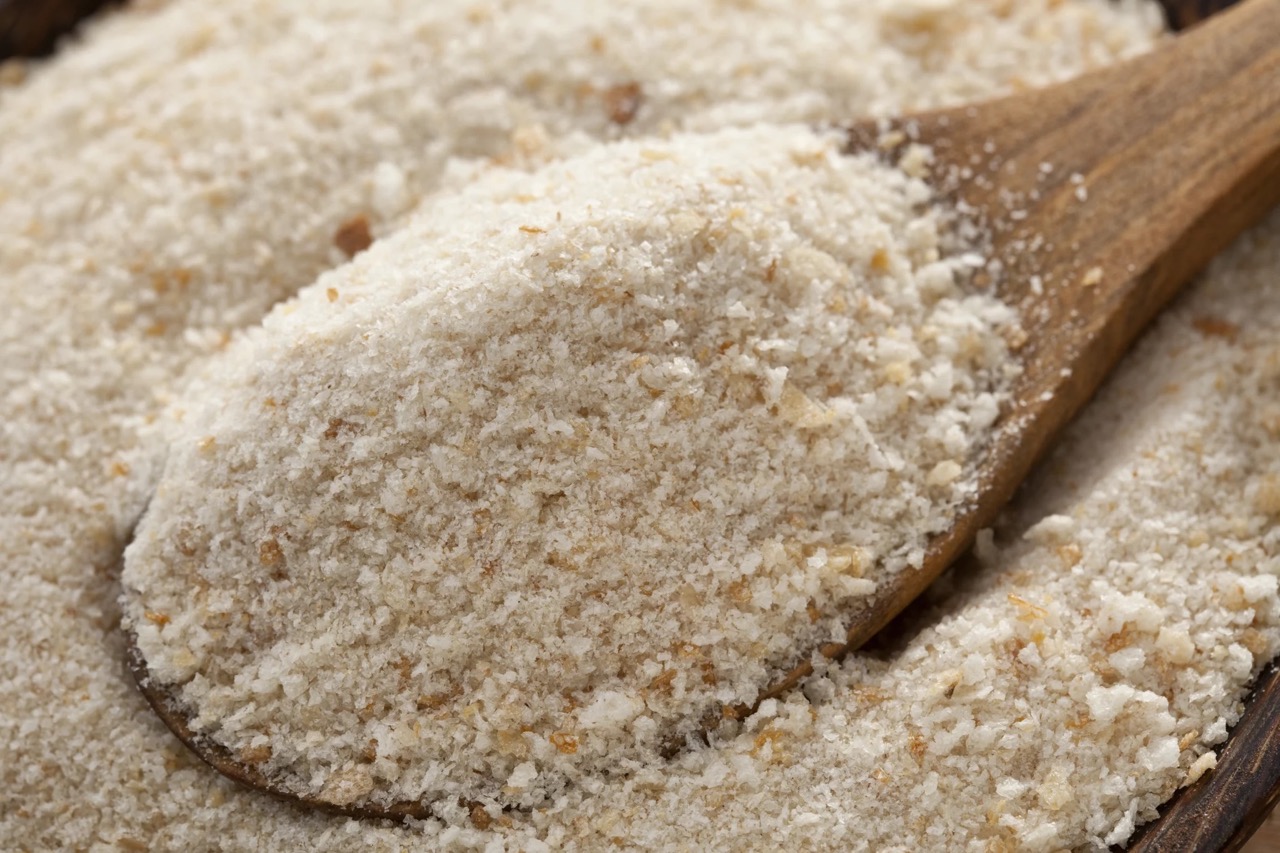
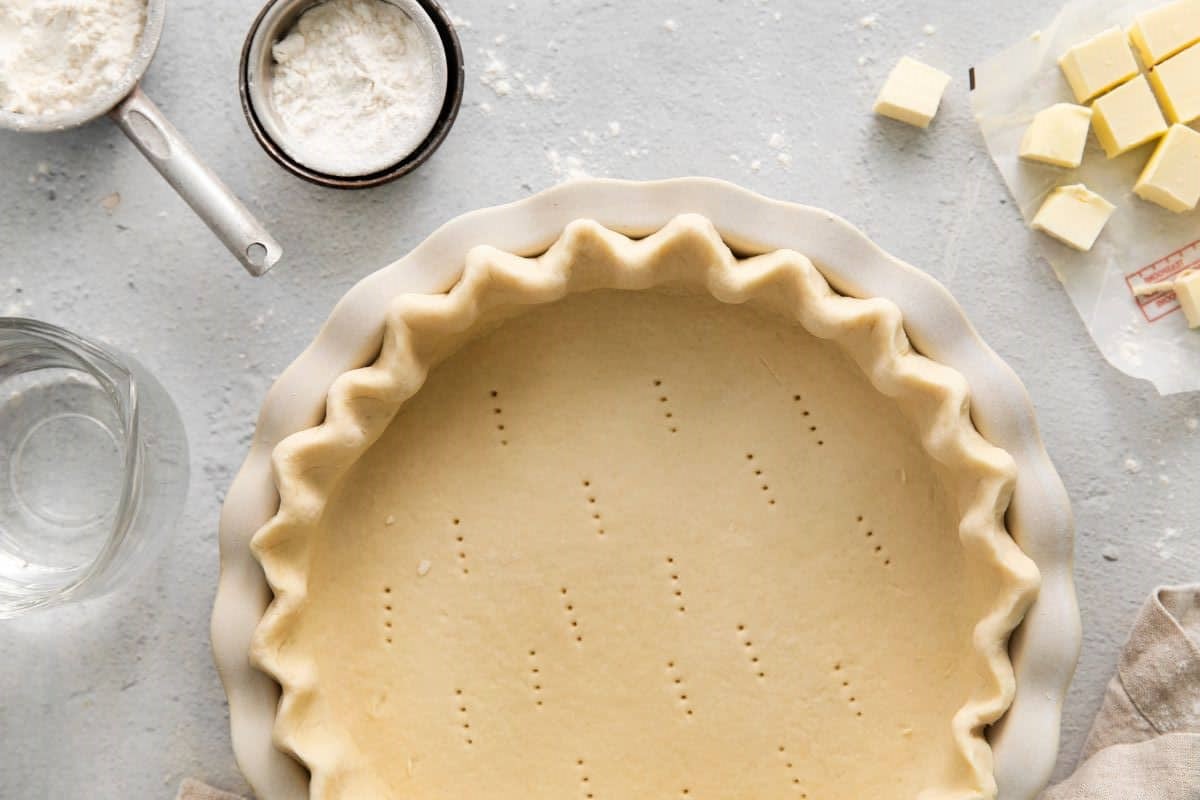
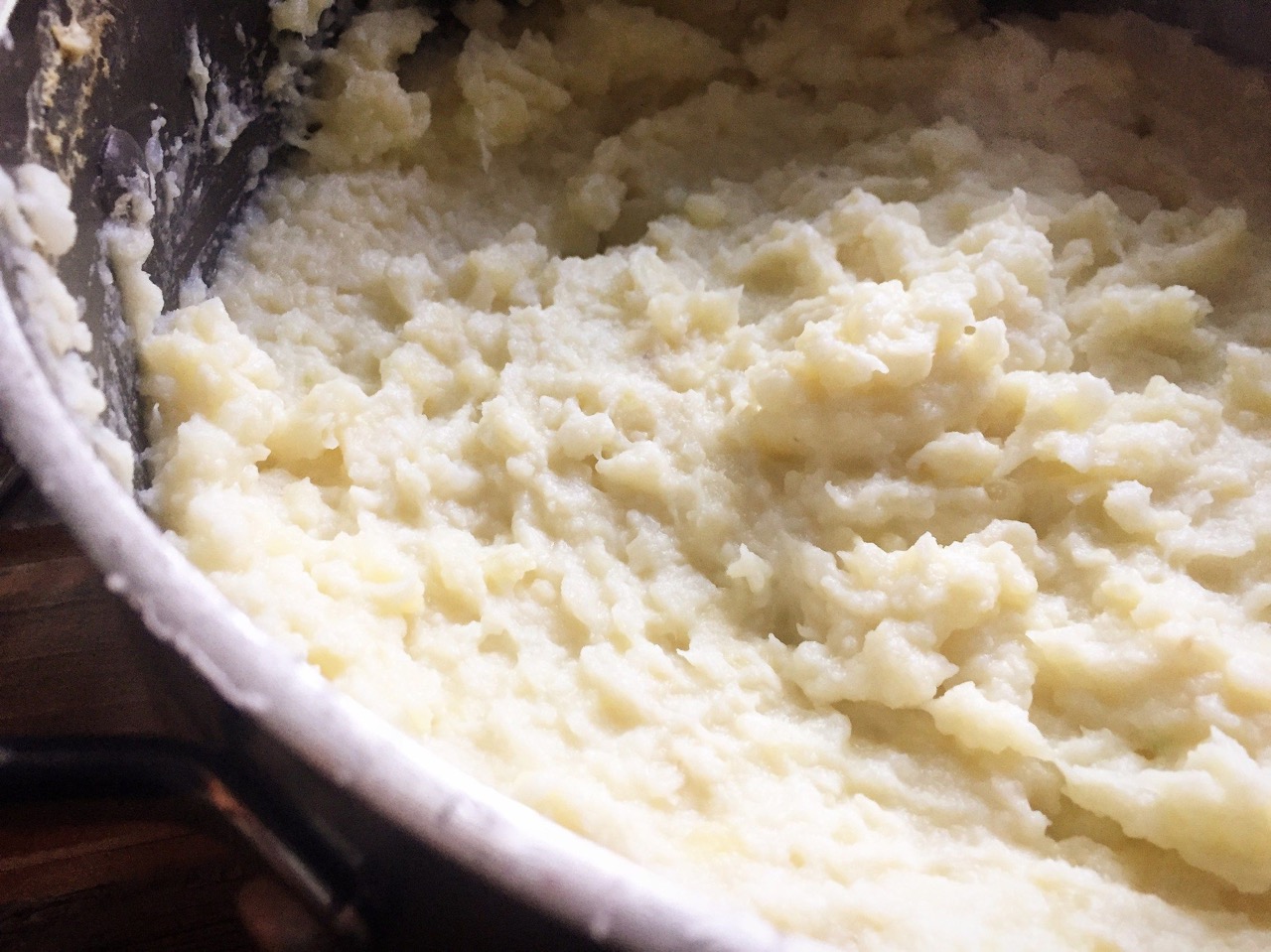
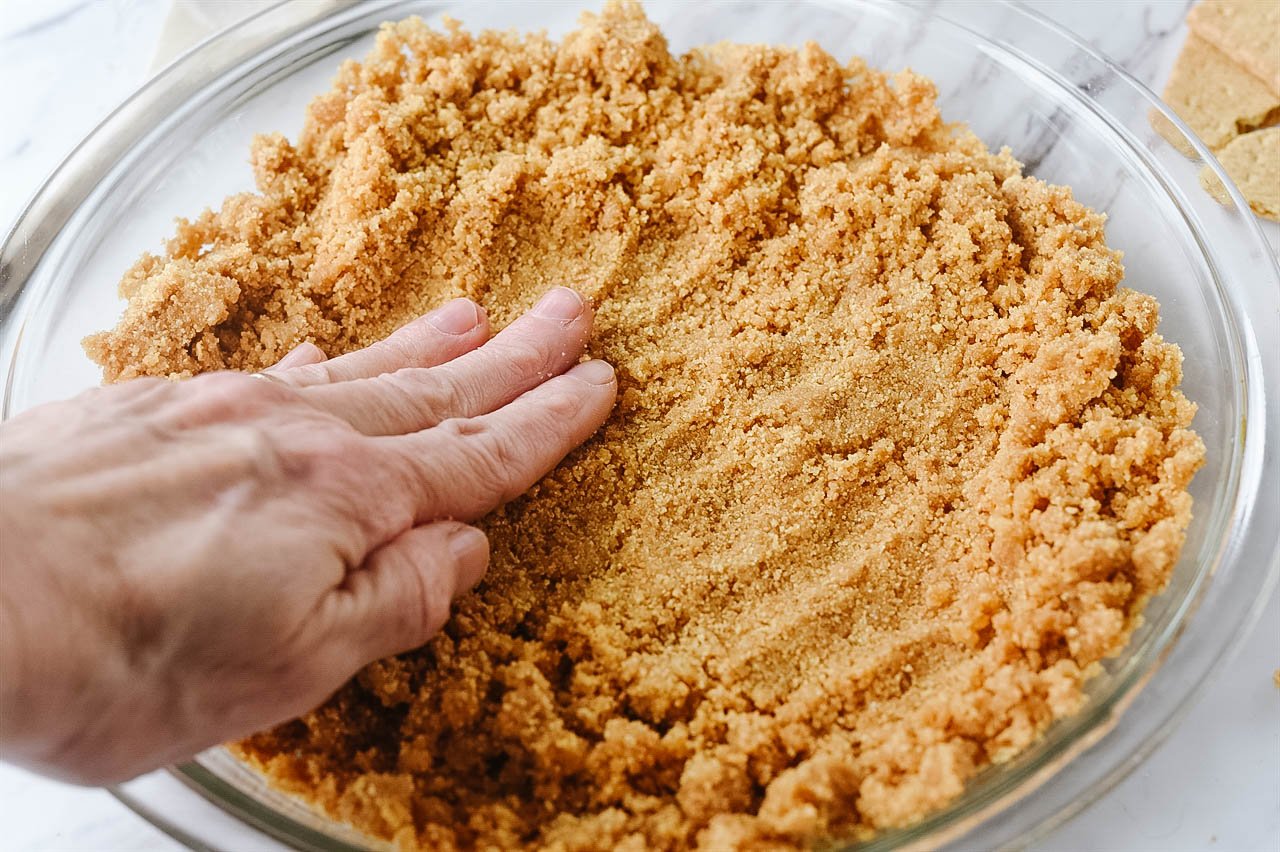
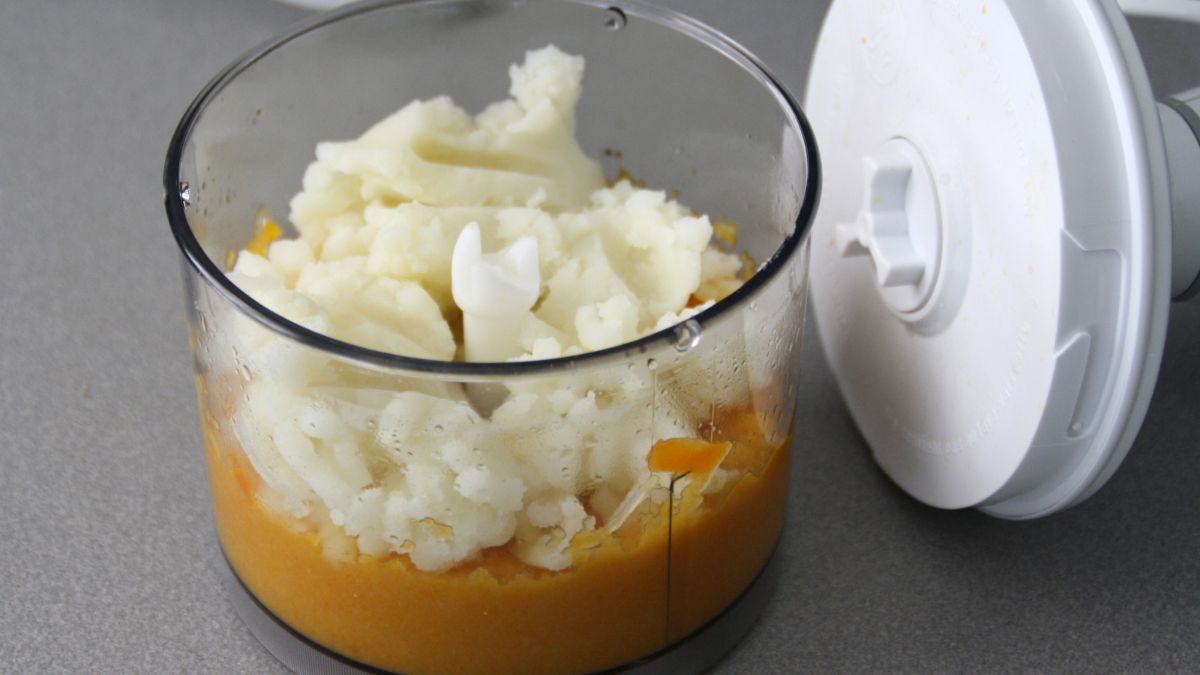
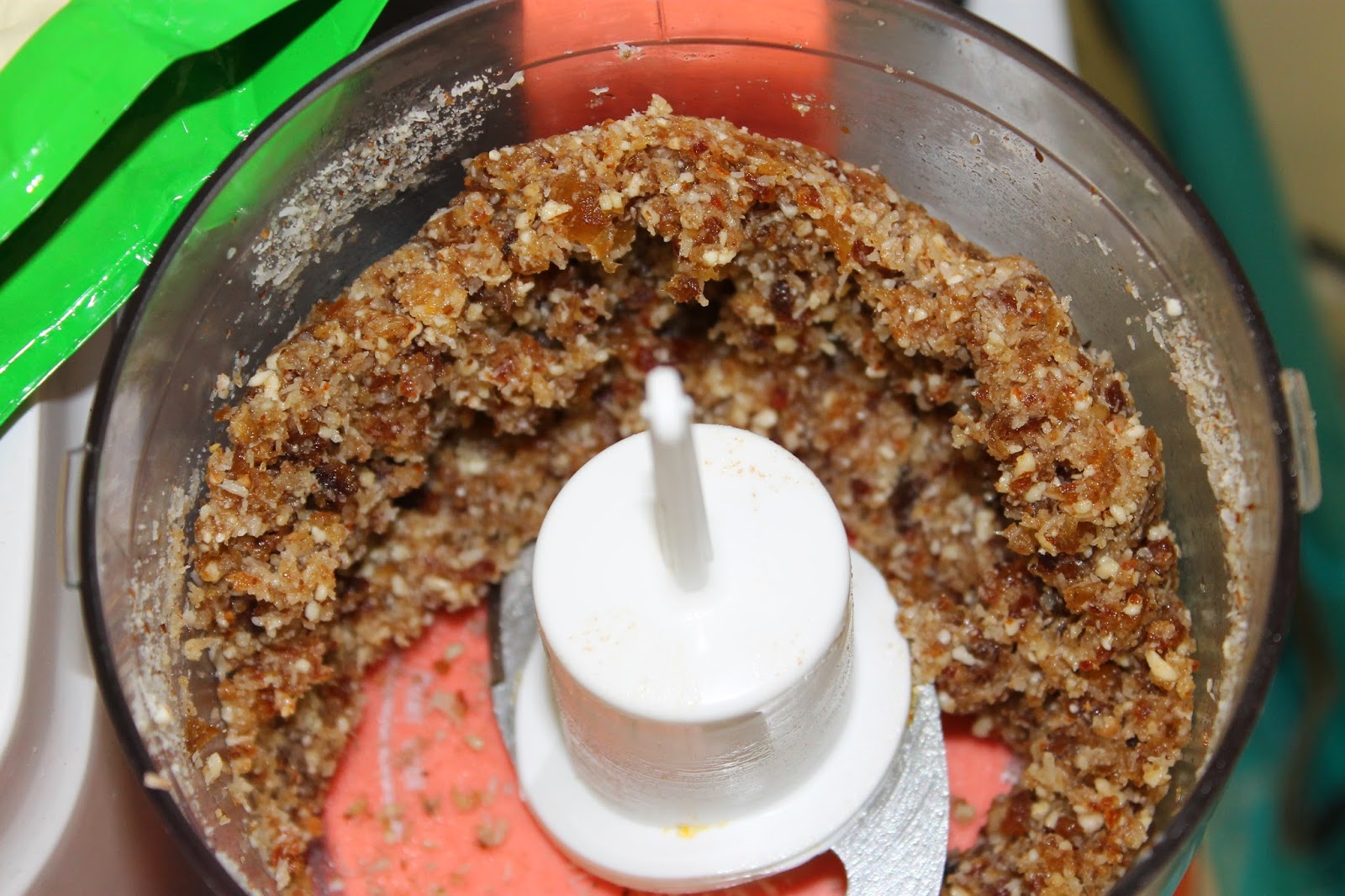
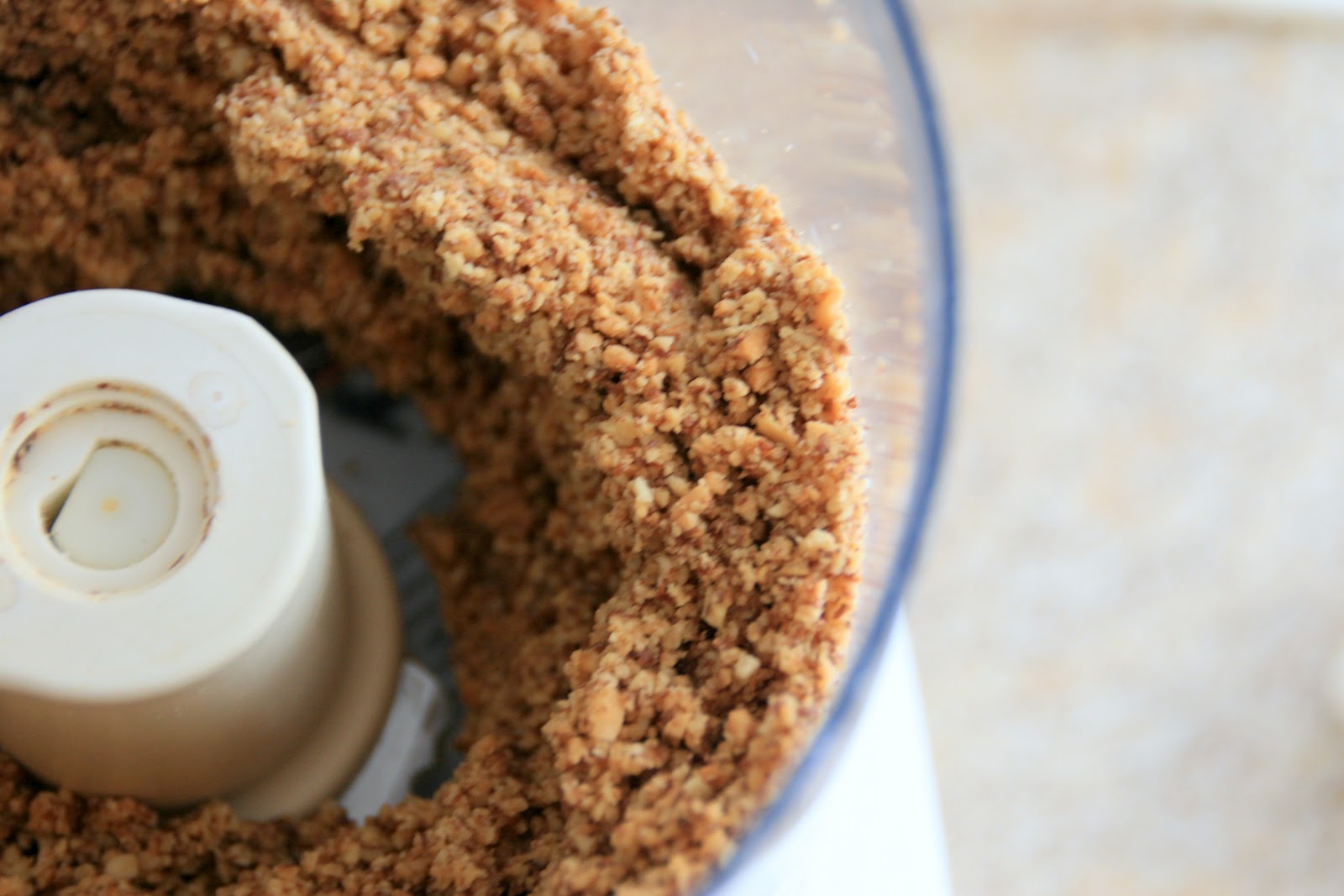

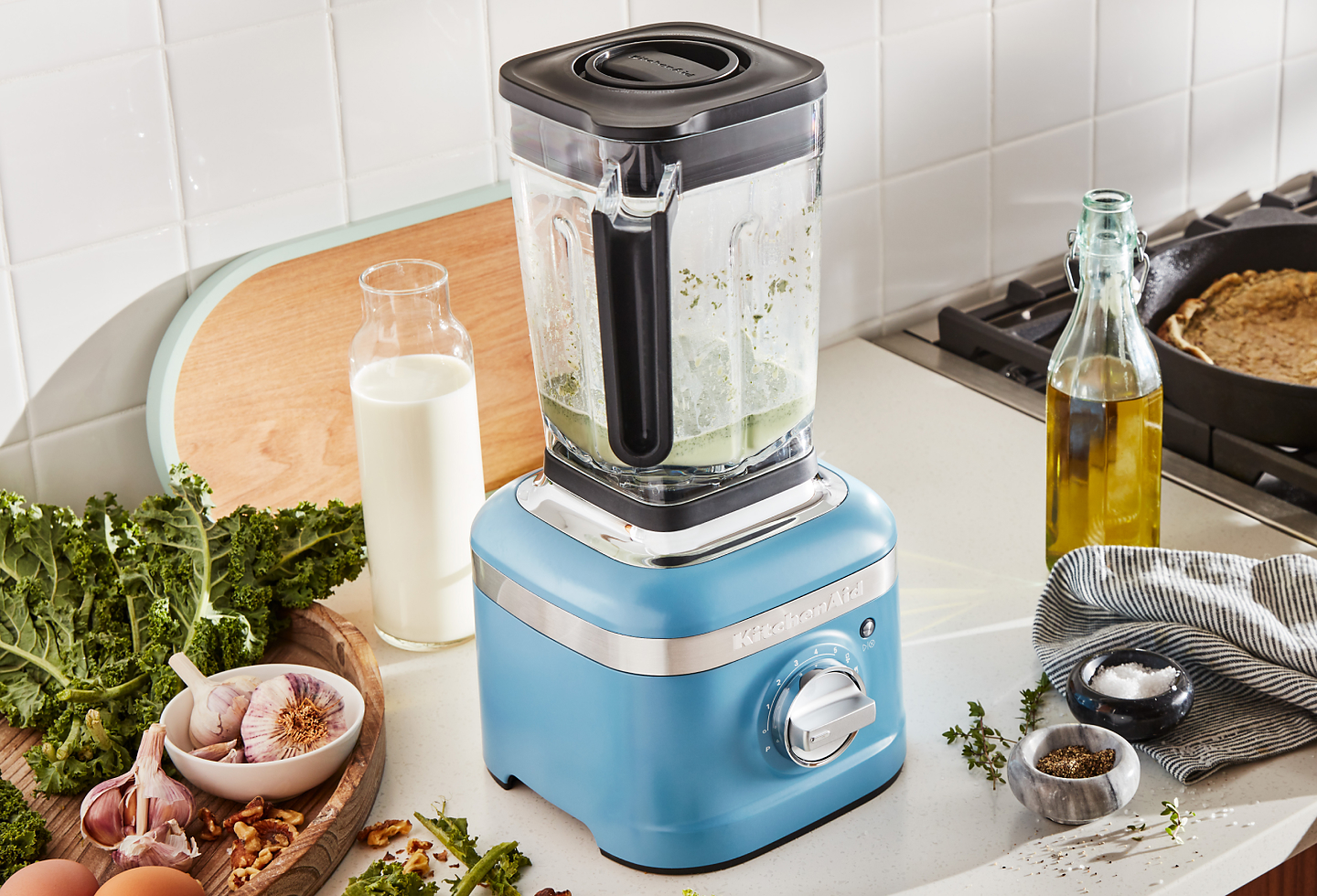
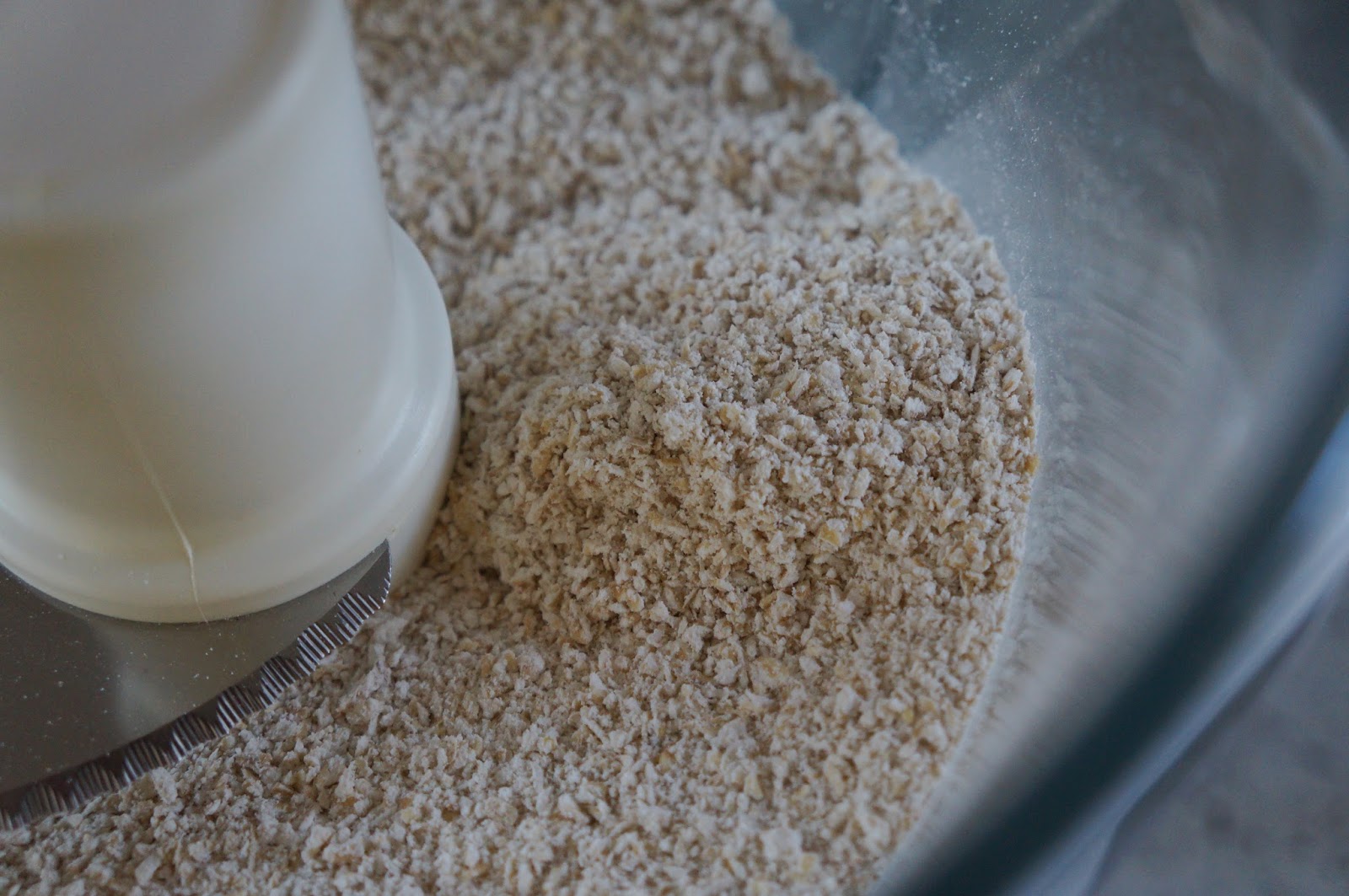
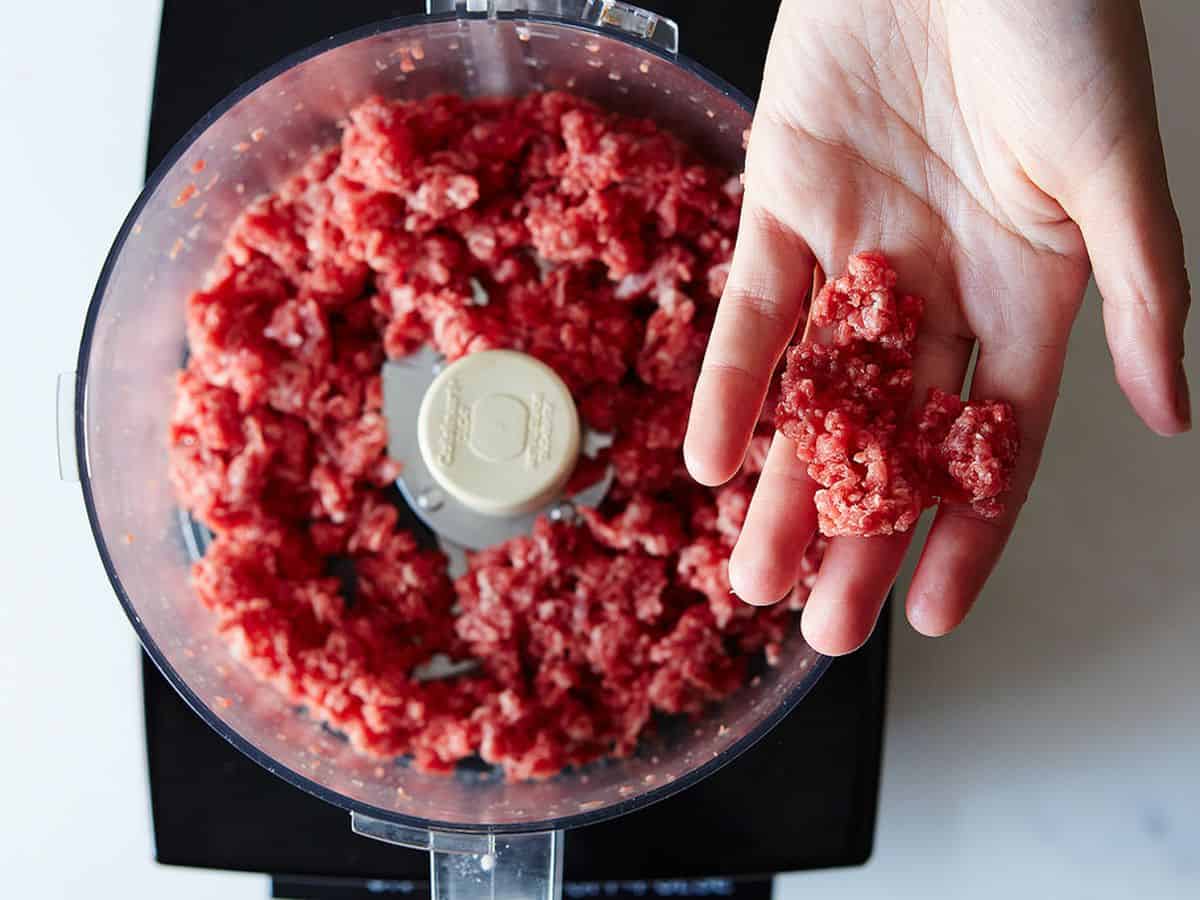
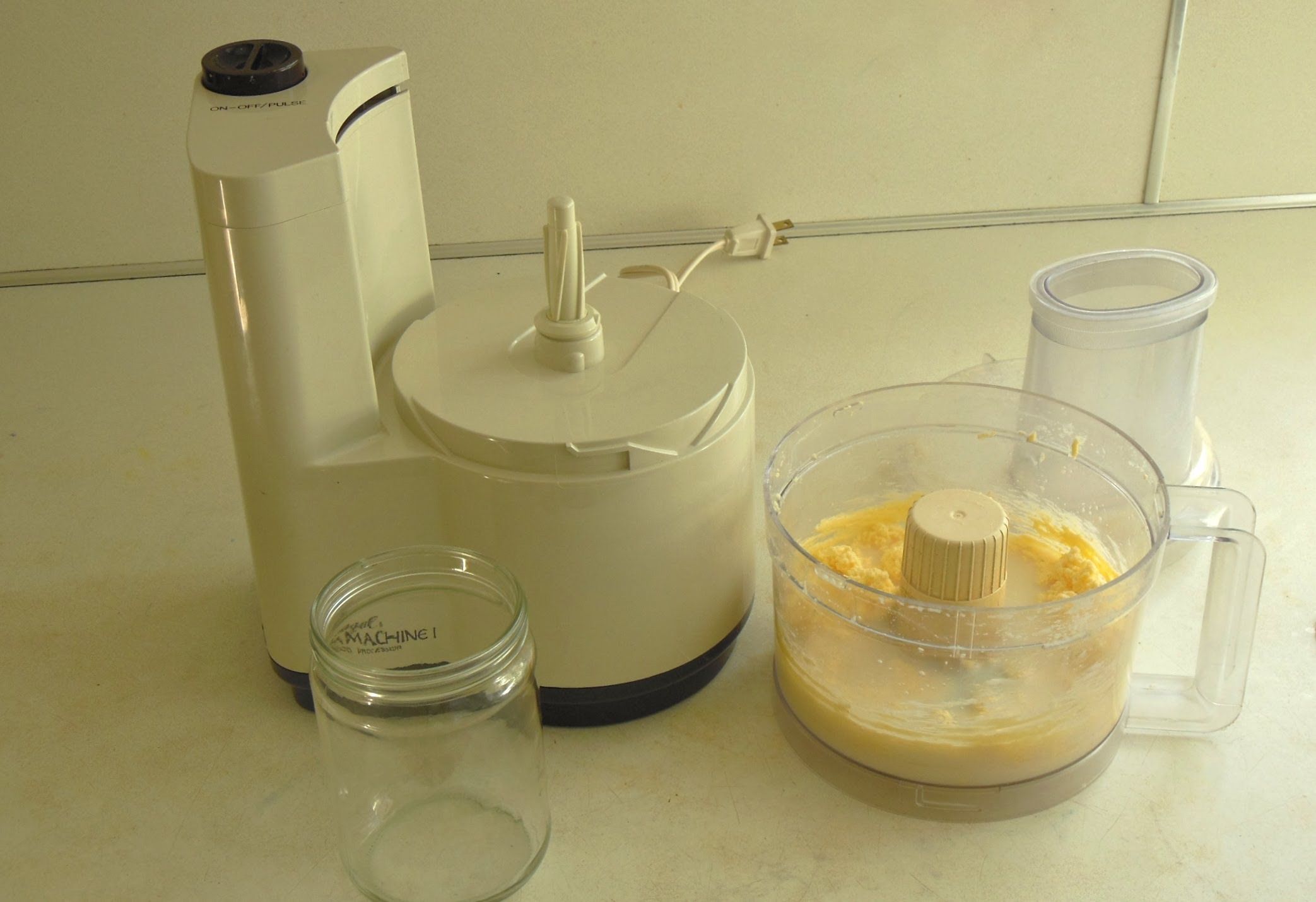
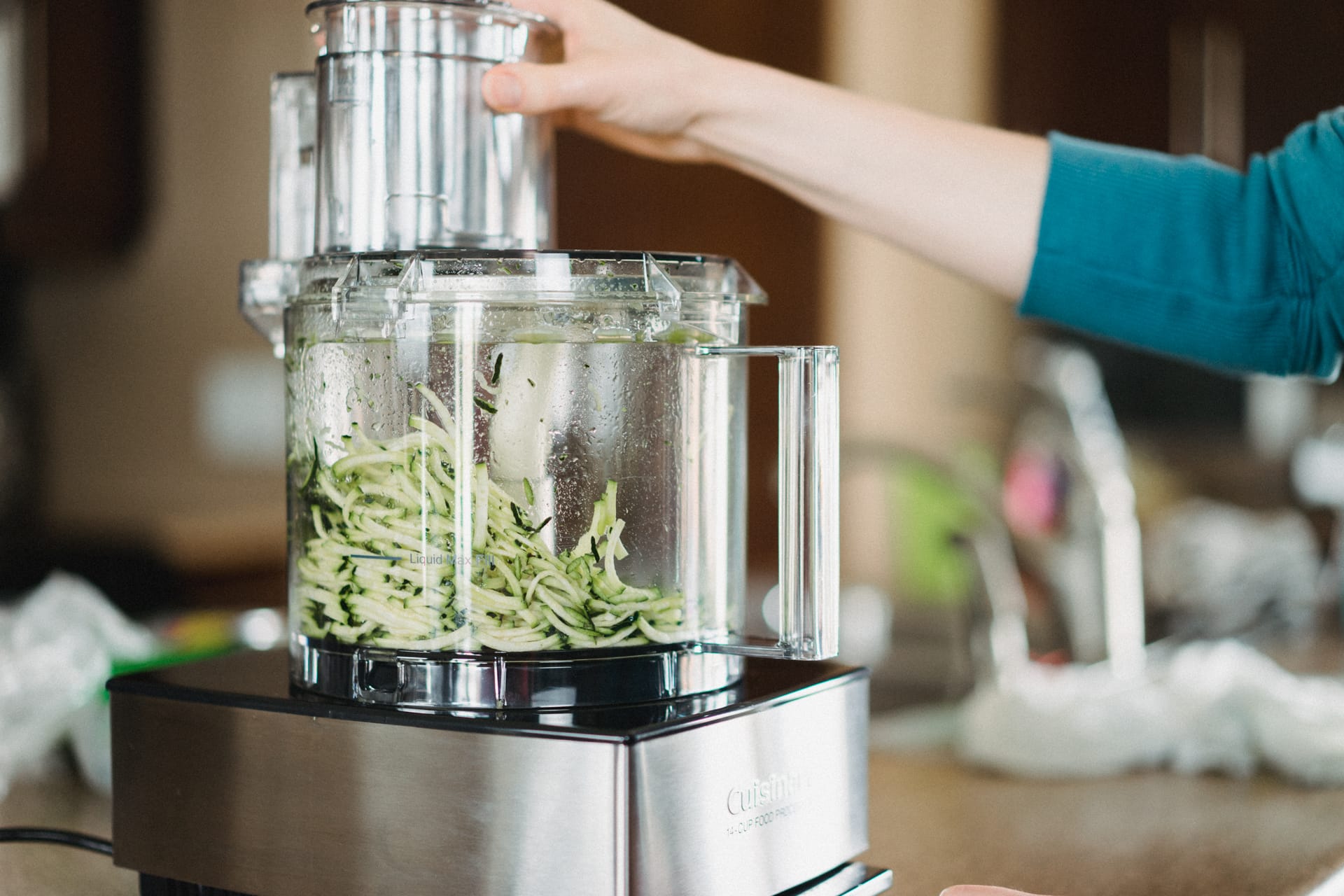
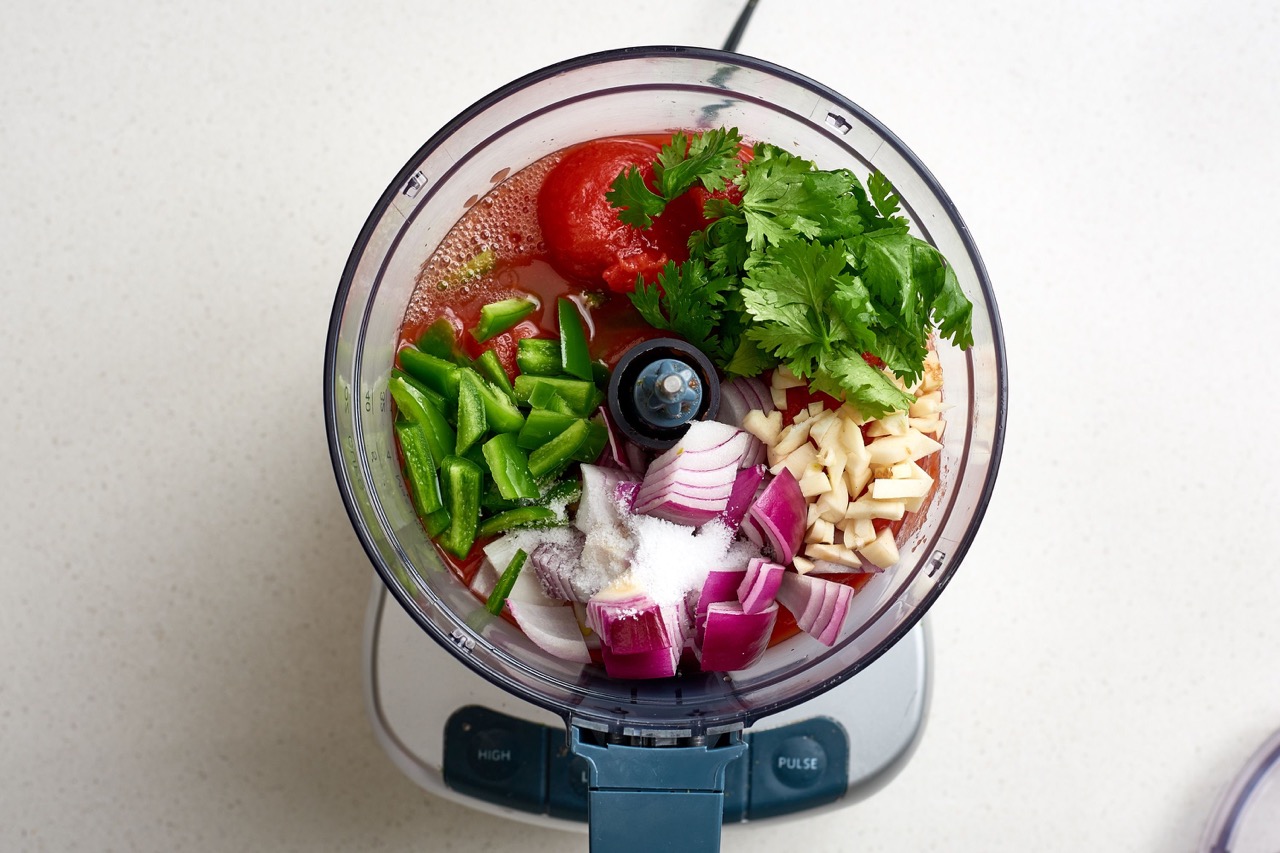

0 thoughts on “How To Make Pesto Without A Food Processor”